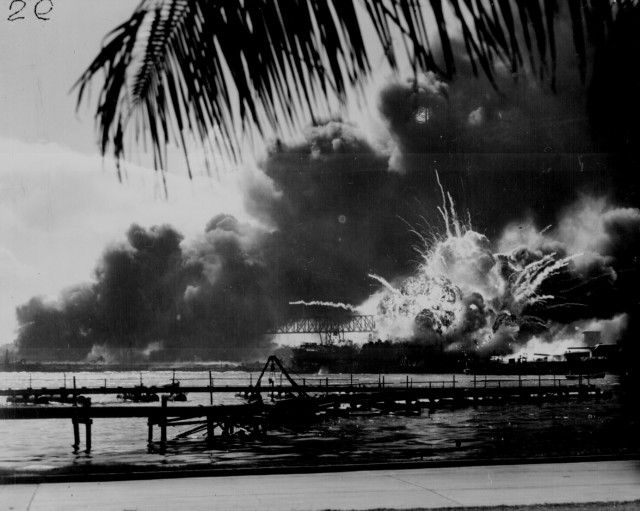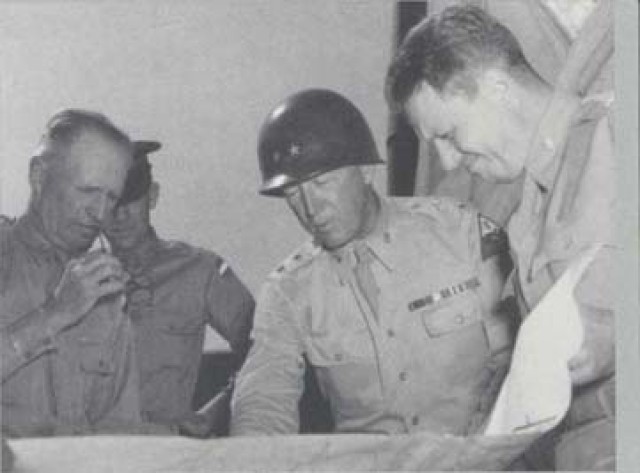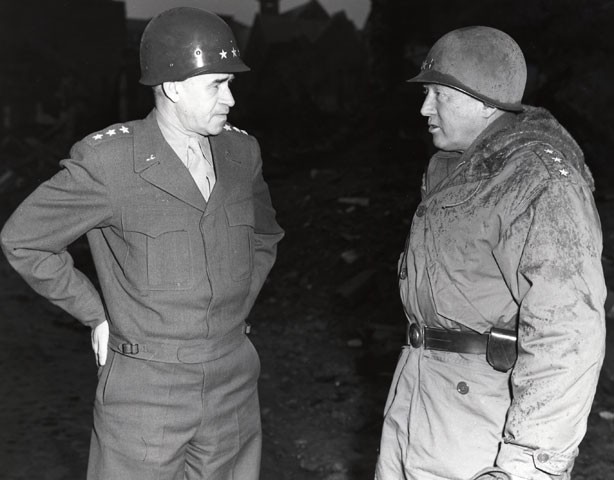December 7, marks the 69th anniversary of the attack on Pearl Harbor. All Americans of older generations know of it but few know of the role played by Gen. George Patton, who served four times at Fort Myer, the last from 1938 to 1940 as garrison commander.
The Japanese Empire had been on the move in the Orient since their defeat of Russia in 1904 at Port Arthur, Manchuria. Next came the conquest of Korea to be followed in World War I by the annexation of most of the German colonies in the Pacific (Carolines, Gilberts, the Marianas island groups plus the conquest of the German colony on the Chinese coast at Tsaingtao).
The Japanese urge to expand their empire throughout the Orient had been written about by such Americans as Homer Lea and Jack London prior to World War I and most notably by Gen. Billy Mitchell in the mid 1920s.
Then in 1931 Japan openly invaded Manchuria to claim its rich natural resources. This was followed in 1937 by the infamous Marco Polo Bridge Incident, the attacks on Shanghai and Nanking and finally the air attack on the American gunboat, USS Panay. This latter act of aggression was filmed by cameramen onboard the Panay and on the river bank, both openly showing Japanese aircraft attacking the Panay with the American flag flying.
It was at this latter time period that Patton was the intelligence officer of the Hawaiian Division as it was then known. In his 1937 report dated June 3, he wrote the following:
1. This study is based on the inescapable assumption that complete surprise offers the greatest opportunity for the successful capture of these islands.
2. Some of the Mandate Islands [noted above as the Carolines, Gilberts and Marianas], about which absolutely nothing is known, are only 2,500 miles distant, seven daysAca,!a,,c steaming over the loneliest sea lanes in the world. Who can say that an expeditionary force is not in these islands now'
3. Since becoming modernized, Japan has never declared war.
4. To facilitate the capture and occupation of an advance base, the air and submarine forces on Oahu must be destroyed or neutralized.
5. A consideration of the foregoing impels the thought that when and if circumstances impel Japan to attempt the capture of these islands, the following method of procedure on her part is fraught with the gravest danger to us.
a. The unheralded arrival during a period of profound peace of a Japanese expeditionary force within 200 miles of Oahu during darkness. This force to be proceeded by submarines [that] will be in the immediate vicinity of Pearl Harbor.
6. The vital necessity to Japan of a short war and of the possession at its termination of land areas for bargaining purposes may impel her to take drastic measures. It is the duty of the military forces to prepare against the worst possible eventualities.
As Patton would write so often during his illustrious career: Aca,!EoeAca,!EoeTo be a successful Soldier you must know history.Aca,!A?






Social Sharing